Reportar esta entrada
Más sobre la misma comunidad-colección
Monasterio de Adoración Perpetua
the Sisters of the Order of Perpetual Adoration moved to this ...
Immaculate Conception Church (Iglesia de la Inmaculada Concepción)
One of the first Catholic Churches built in El Paso, Texas was ...
Albert Armendariz Sr. Federal Courthouse (Corte)
Opened in 2010 recognized for its "environmentally innovative ...
Plaza Hotel del centro de El Paso
View of the El Paso Plaza Hotel as seen from the new San Jacinto ...
Recorrido a pie de San Elizario
A statue part of the San Elzario walking tour located outside of ...

















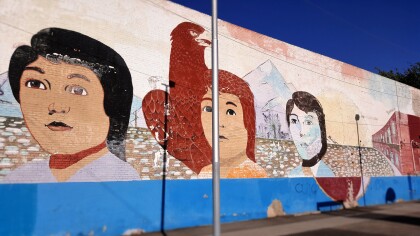
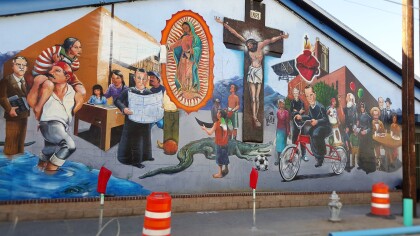
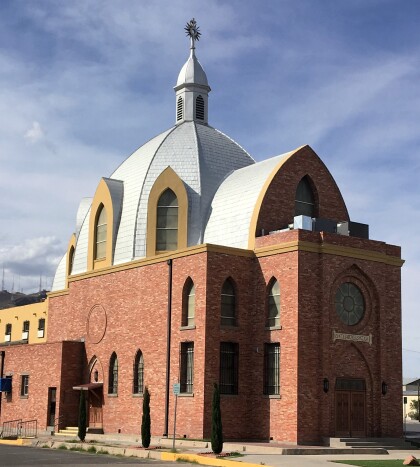
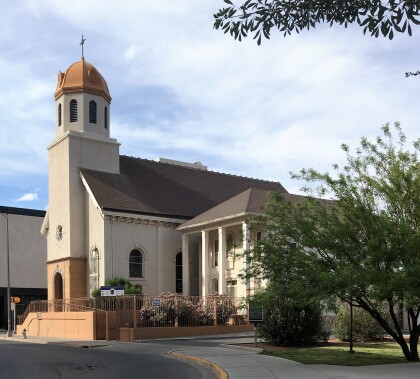
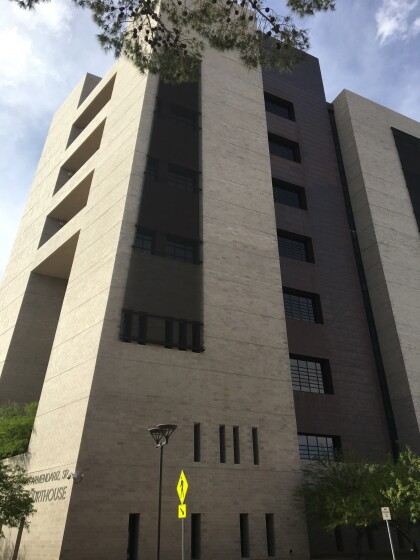
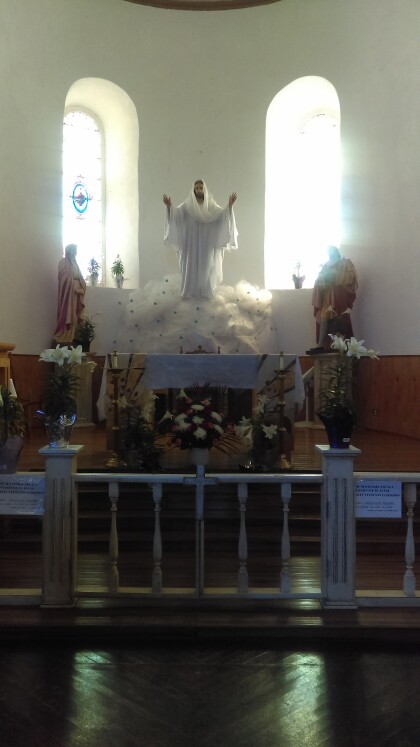


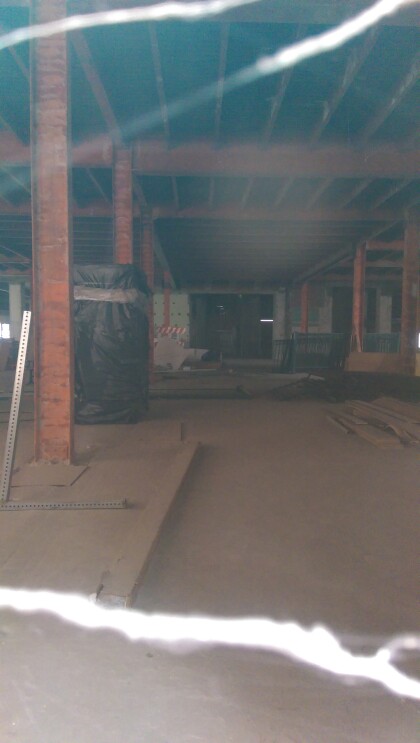

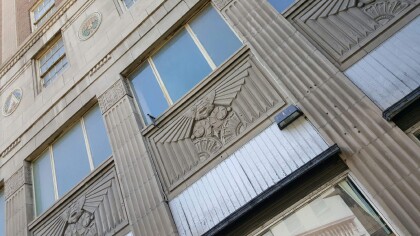
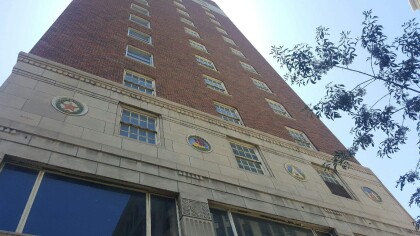
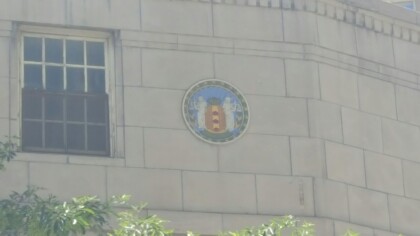
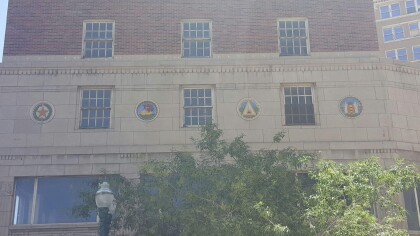
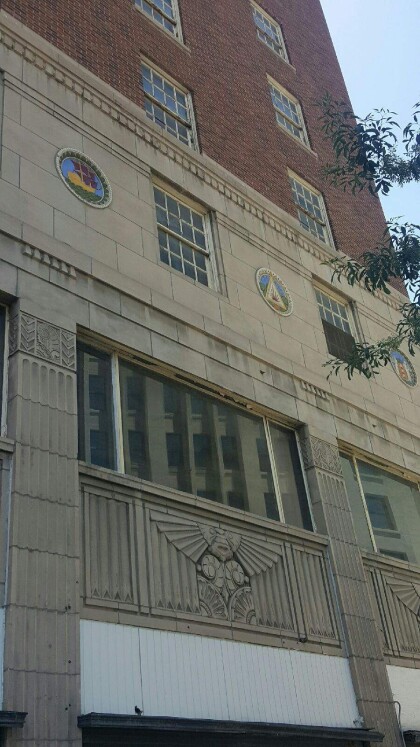
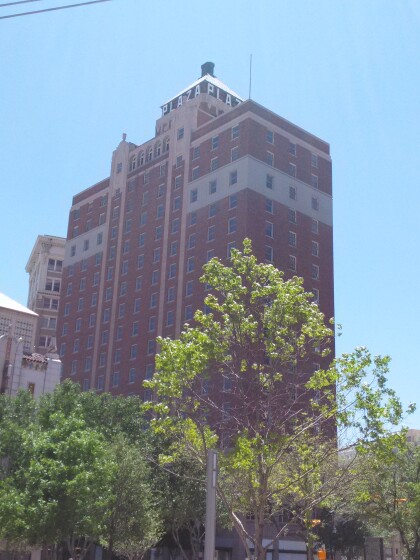

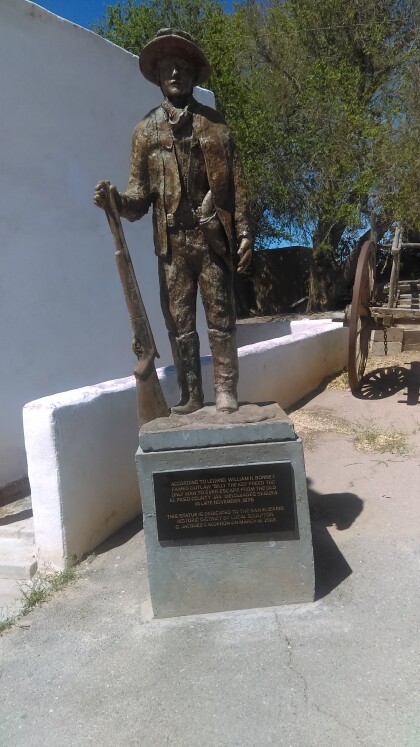
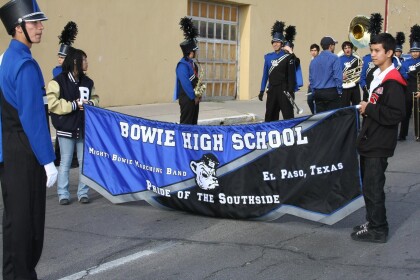
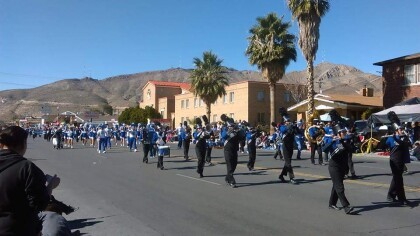
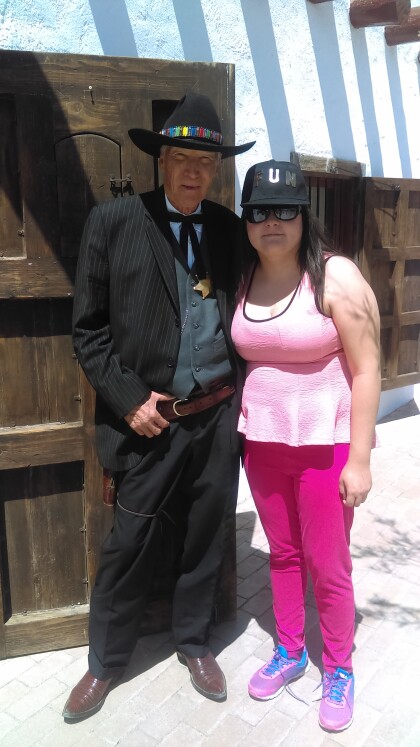
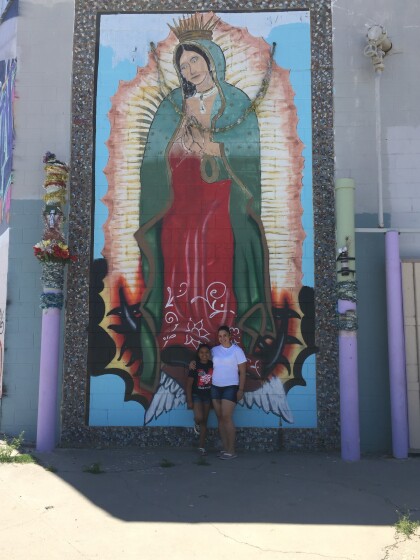
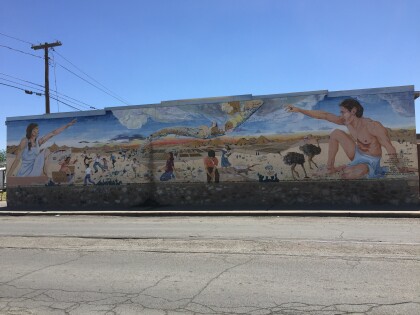
Comentarios
Hacer un comentario